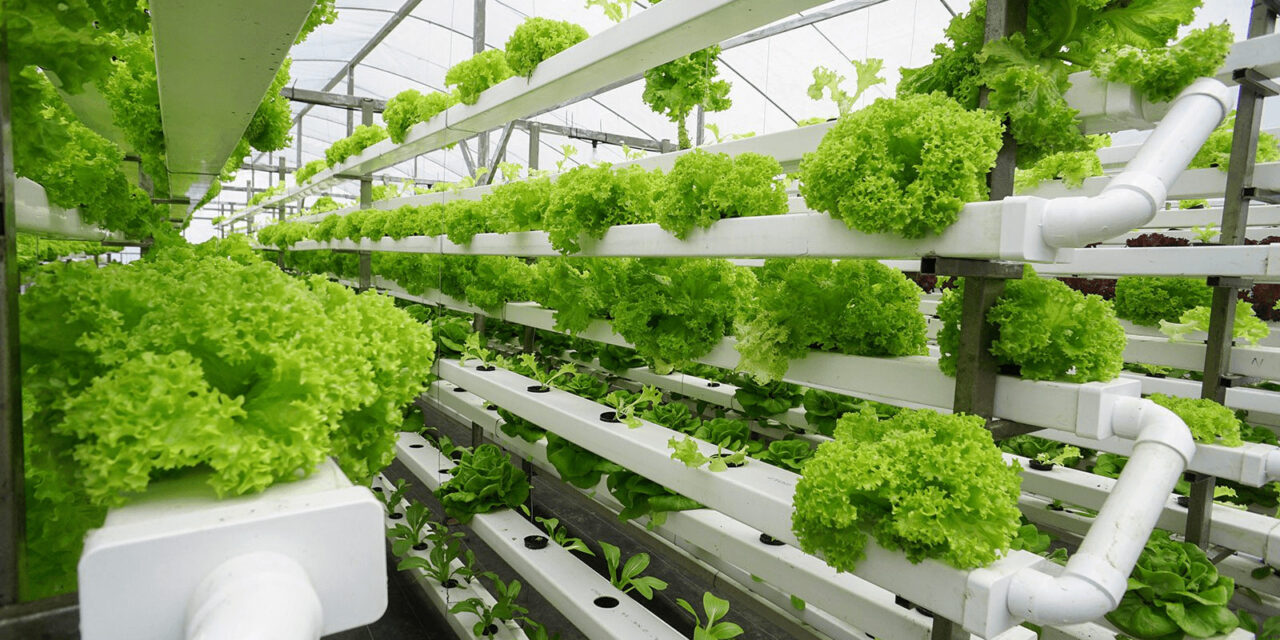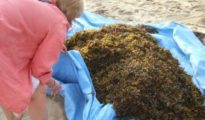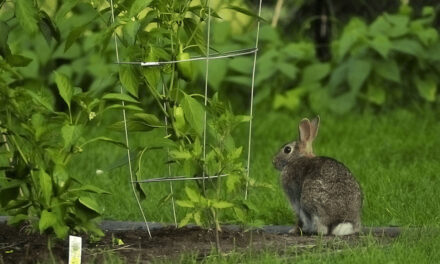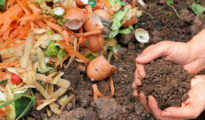Aquaponics is a buzzword that has been gaining significant traction in the world of sustainable farming and urban agriculture. But what is aquaponics? At its core, aquaponics is a harmonious merger of two traditional methods: aquaculture (raising aquatic animals such as fish in tanks) and hydroponics (growing plants without soil). Together, they create a sustainable ecosystem where both fish and plants can thrive.
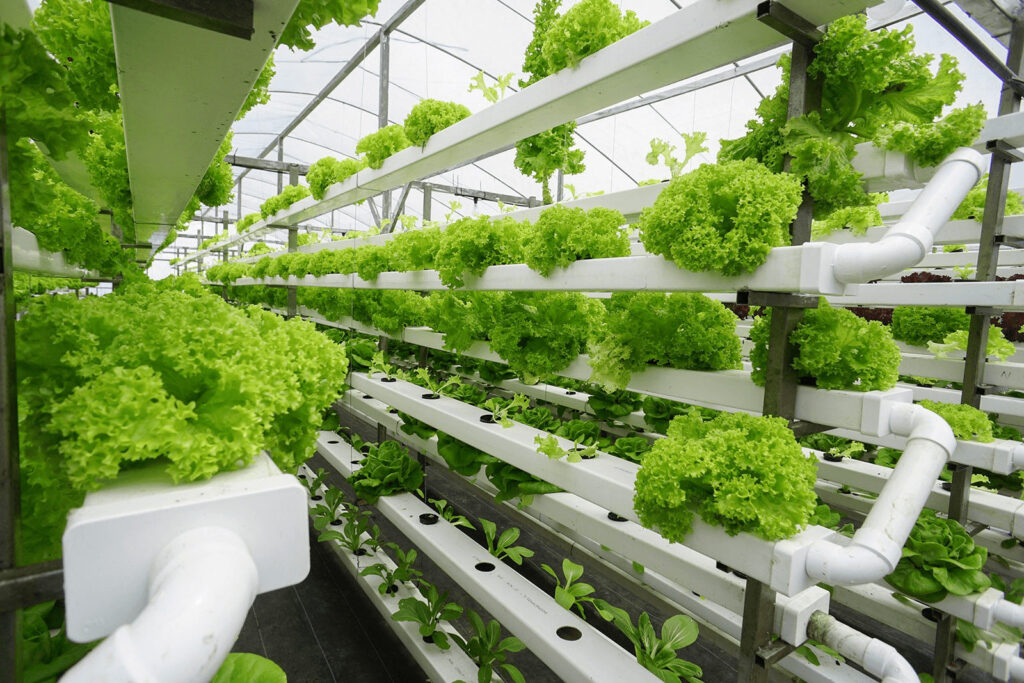
1. The Magic Behind the System
The real magic of aquaponics lies in its ability to convert fish waste, which is typically harmful in high concentrations, into beneficial nutrients for plants. Here's a brief rundown of the process:
- Fish produce waste: Like all animals, fish excrete waste. This waste contains ammonia, which can be toxic to fish in large quantities.
- Beneficial bacteria to the rescue: In the aquaponics system, certain bacteria naturally convert this ammonia into nitrites and subsequently into nitrates.
- Plant roots absorb nitrates: Nitrates are an excellent source of nutrients for plants. The plant roots take up these nitrates, helping them grow and simultaneously cleaning the water.
- Clean water is returned to the fish tank: After the plants extract the nutrients, the cleaned water is recirculated back to the fish tank, creating a sustainable loop.
2. Key Components of an Aquaponics System
a. Fish Tank: This is where the fish live. It's vital to ensure proper oxygenation and maintain optimal water quality for fish health.
b. Grow Bed: This is where the plants grow. It's filled with a soil-less growing medium like perlite, clay pellets, or gravel, which helps support the plants and hosts the beneficial bacteria.
c. Water Pump and Filtration: To keep the water moving and to ensure that the fish waste is effectively converted into usable nutrients, a water pump and filtration system are essential.
3. Benefits of Aquaponics
a. Sustainability: It requires significantly less water than traditional farming since the water is constantly recirculated.
b. No need for soil: This makes it ideal for areas with poor soil quality or urban settings.
c. No chemical fertilizers: Fish waste provides all the necessary nutrients for plants.
d. Dual yield: You get both fish and plants as harvestable produce.
e. Organic produce: With no need for synthetic fertilizers or pesticides, the produce from aquaponics systems is typically organic.
4. Choosing the Right Fish and Plants
The choice of fish and plants largely depends on your local climate, your goals (whether for consumption or just as a hobby), and the size of your system.
Common Fish for Aquaponics:
- Tilapia: They are hardy and can tolerate a wide range of water conditions.
- Goldfish: Ideal for hobbyists not interested in harvesting fish for food.
- Catfish: Fast-growing and popular in many cuisines.
- Koi: More for decorative purposes but can also help in nutrient production.
Popular Plants for Aquaponics:
- Leafy greens like lettuce, kale, and arugula.
- Herbs like basil, mint, and cilantro.
- Larger plants like tomatoes, cucumbers, and peppers can also be grown in more advanced systems.
5. Challenges and Solutions
Like any system, aquaponics has its set of challenges. Monitoring water quality is paramount, ensuring that ammonia, nitrite, and nitrate levels are in check. Additionally, maintaining a stable pH is crucial for both fish and plants' health. Regularly testing your water and having a basic understanding of water chemistry can be very beneficial.
Temperature control, especially in outdoor systems, can also pose a challenge. Depending on your location, heaters or coolers might be necessary to keep the water at an ideal temperature for your fish.
6. The Symbiotic Relationship in Aquaponics
The success of an aquaponics system hinges on the balance of its two main components: fish and plants. It's a living demonstration of symbiosis – the interaction between two different organisms in close physical proximity. The fish produce waste, which, with the aid of bacteria, gets converted into nutrient-rich water. In turn, the plants, acting like natural filters, absorb these nutrients, effectively cleaning the water before it's returned to the fish tank.
7. The Role of Beneficial Bacteria
One cannot discuss aquaponics without emphasizing the indispensable role of beneficial bacteria. These microscopic powerhouses are the unsung heroes that bridge the gap between fish waste and plant food.
- Nitrosomonas: This bacterium oxidizes ammonia, turning it into nitrites.
- Nitrobacter: This follows up by converting nitrites into nitrates, which are much less toxic and are an excellent nutrient source for plants.
These bacteria thrive in the grow beds' substrate and, over time, establish a stable colony, ensuring the continuous conversion of fish waste.
8. Scaling and System Types
Aquaponics isn't a one-size-fits-all endeavor. It's highly scalable, making it suitable for a balcony setup or a commercial farm. Here are the primary types of systems:
- Media-filled bed system: The most common for beginners. Plants grow in containers filled with a porous medium, like gravel or clay pellets.
- Nutrient Film Technique (NFT): Plants are grown in small pots with water running over their roots. It's suitable for plants that need less support, like herbs.
- Deep Water Culture (DWC): Plants float on water with their roots submerged, ideal for fast-growing, water-loving plants like lettuce.
9. Environmental and Economic Impact
The sustainable nature of aquaponics can greatly reduce the carbon footprint of farming. Traditional farming often relies on synthetic fertilizers made from non-renewable resources. These fertilizers can leach into waterways, causing nutrient pollution and harm to aquatic life. Aquaponics bypasses this, using fish waste as a natural, renewable fertilizer source.
From an economic standpoint, running an aquaponics farm can lead to substantial savings in the long run. Water bills are reduced due to recirculation, and there's no need to buy soil or chemical fertilizers.
10. The Future of Aquaponics
With concerns over climate change, depleting water resources, and the growing global population, the need for sustainable food production methods has never been greater. Aquaponics offers a promising solution. Recent innovations, like automated monitoring systems and energy-efficient LED grow lights, are pushing the boundaries of what's possible with aquaponics. Educational institutions are also offering more courses on the subject, further driving its adoption.
Aquaponics is more than just a farming method; it's a statement about our relationship with nature. By harnessing natural processes, it shows that we can produce food efficiently without harming the environment. As we continue to innovate and refine the process, aquaponics may very well lead the charge towards a sustainable food future.
Aquaponics offers a glimpse into the future of sustainable farming. By combining the strengths of aquaculture and hydroponics, it presents a system where water usage is minimal, chemical fertilizers are obsolete, and the yield is twofold. With growing interest and continual advancements in the field, aquaponics might just be the answer to many of the agricultural challenges we face today. Whether you're a hobbyist looking to start a small system in your backyard or someone considering commercial production, aquaponics offers a myriad of opportunities. Happy farming!

